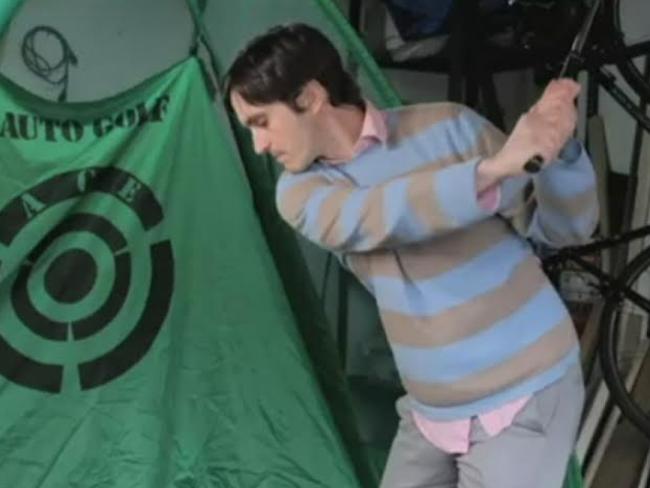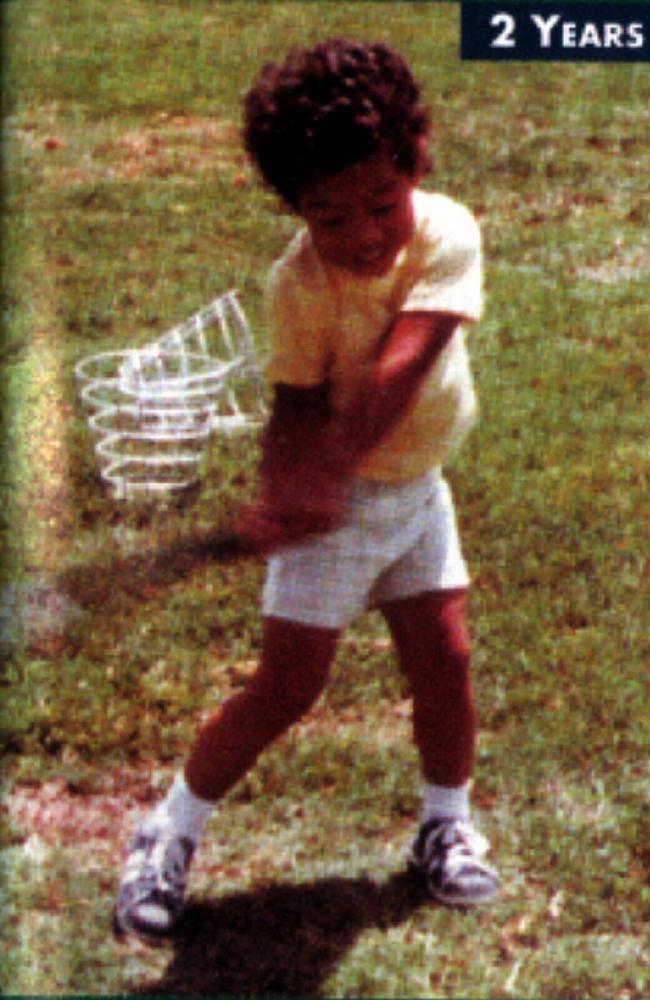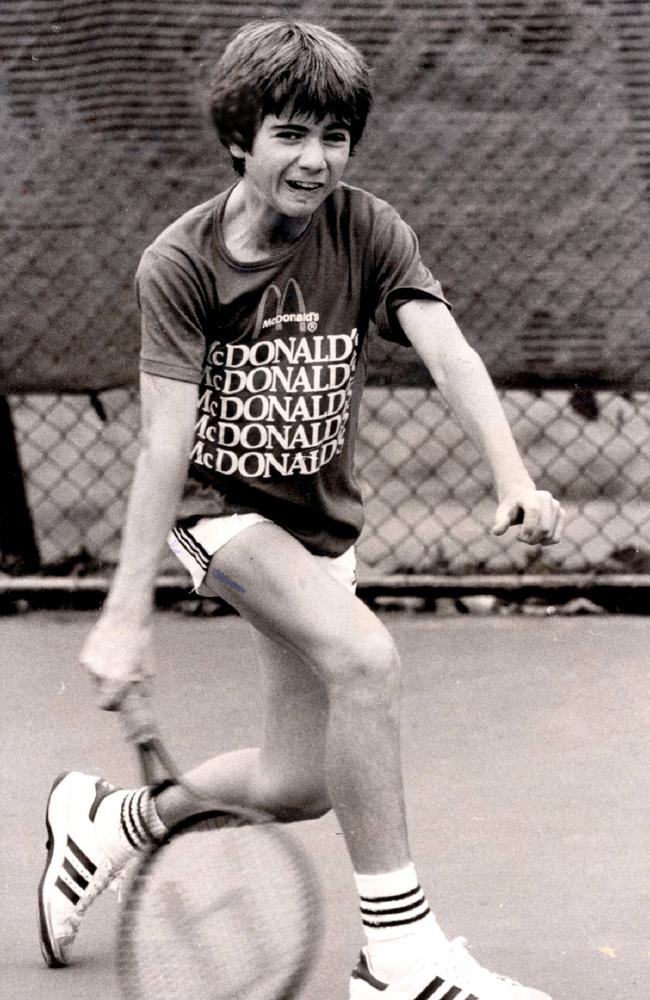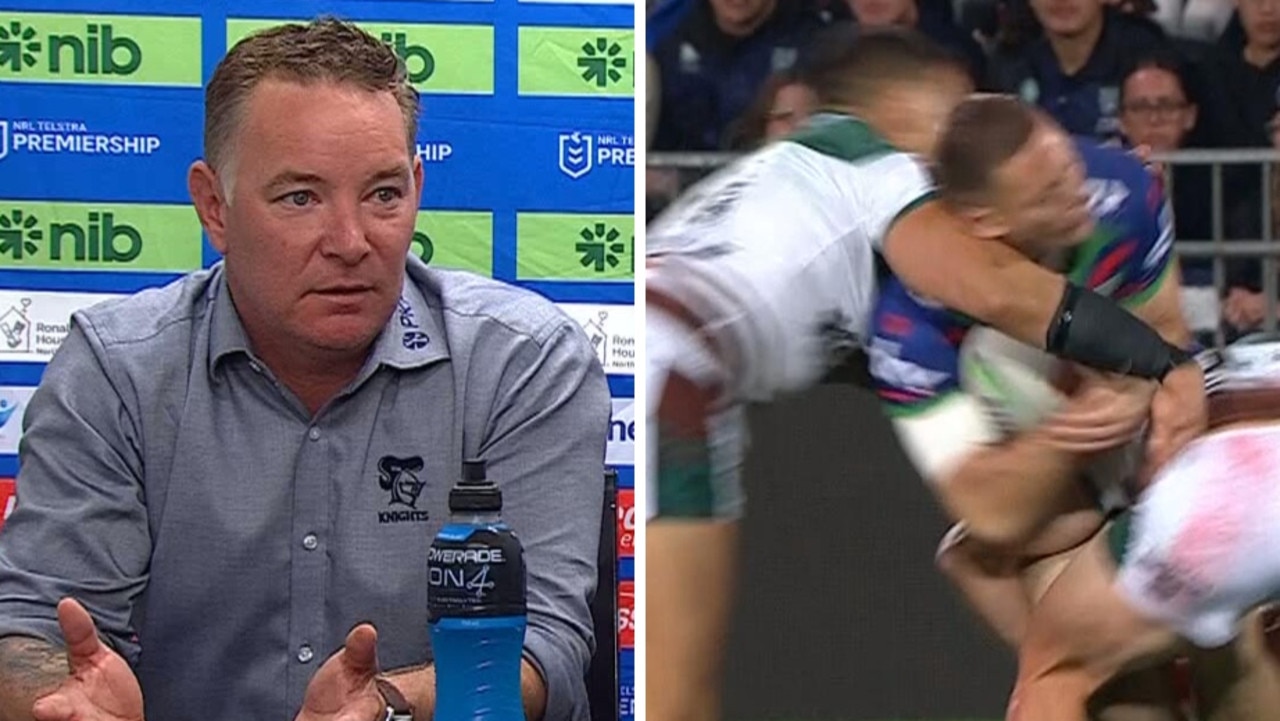Dan McLaughlin trying to become pro golfer in his 30s using Malcolm Gladwell’s 10,000 hour theory
WHAT if someone quit their job at 30 and put all their time and effort into one particular skill? Could they make it to the very top? One guy is finding out.

Sport
Don't miss out on the headlines from Sport. Followed categories will be added to My News.
DAN McLaughlin doesn’t believe in talent or natural ability.
Champions are made not born, he says, and not just in sport either.
For McLaughlin, reaching an elite level is about hard work. It’s about putting in the hours — 10,000 of them, to be precise.
“The idea of talent is an excuse others use not to pursue something,” McLaughlin told news.com.au.
So five years ago, the American did something dramatic. He quit his job as a photographer at 30 years old in a bid to become a professional golfer, despite having hardly swung a club in his life.
“It was more about testing human potential than it was about golf,” McLaughlin said. “Golf was kind of an afterthought. It was kind of the vehicle.
“I never wanted to inspire other golfers to be better golfers. It’s more about getting people to follow their own dreams and pick up something new.”

McLaughlin subscribes to the 10,000-hour rule, a theory popularised by Malcolm Gladwell, that claims success in any field largely comes down to working at a skill for 10,000 hours.
Andrew Bulley, who coached Australian tennis star Nick Kyrgios as a junior, said while the theory was “interesting”, it was flawed.
“You’d never write someone off,” Bulley said of McLaughlin’s dream of becoming a golf pro. “You never know what’s in their head — their desire or their inner drive. But I just think it’s such a hard task to become elite at such a late age, even if he does the hours.”
Age aside, Bulley says the competitive drive of an athlete was in-built.
“Technically, if you have a child and you have a coach who knows technique and has an outlook that keep a kid interested, then technically you could get a kid to international standard.
“But coming from a tennis perspective, it’s such a combative sport. You’re facing an opponent across the net and you have to work out a way to beat them. It’s a bit of a puzzle. That’s a hard thing to teach. That’s the element that is difficult to assess — instinct, competitiveness and an ability to use logic under pressure. They’re the things that really create the difference in competitive sport.”

McLaughlin sees the limitations of the 10,000-hour rule himself. He knows that there is no point for an athlete with 90 per cent fast twitch muscle fibres spending 10,000 hours trying to become a marathon runner — but says they would still see “concrete results”.
In 2009, McLaughlin had just played an “awful” nine holes of golf with his brother, shooting about 30 over par, when the pair got talking.
“We were having a chat about what would be possible if you were to quit your job and completely dedicate yourself to something brand new starting at the age of 30, could you make it to the highest level?” McLaughlin said.
“A month later, I realised the only way to know for sure would be to try it so I just packed it up and gave it a go.”
McLaughlin started off small. All he used was a putter for the first five months, gradually moving further and further away from the hole but ensuring his percentage of successful putts was extremely high. It wasn’t until 18 months in that he hit a driver for the first time.
Not long after, he received his first handicap — a very healthy 13.
Now McLaughlin’s just over 5,000 hours in and his handicap is 3.5.

He spends about 30 hours on his game every week, but only 4-6 actually hitting golf balls. The rest is taken up by physical and mental conditioning.
McLaughlin plans to make his PGA Tour debut at the Heritage event in 2018, after the Masters.
“It’s basically going to be April 2018. I’ll be about 38. I’ll be a little younger than Tiger is now and it will coincide almost exactly with my 10,000 hours.”
To help with his mental game, he works with a sports psychologist. He also employs a swing coach, which begs the question: how can he afford all this?
McLaughlin was a single man with no children when he chucked it all in to become a golfer.
Now he has a girlfriend, who has two children.
“It’s all funded through just personal savings, and I have absolutely no clue how it’s worked out so far,” he said.
“I might be lucky enough to get a sponsor at some point or I might need to do some public speaking. There will be a way to keep it going.”
For more on Dan McLaughlin and the 10,000-hour rule, watch Insight on SBS at 8.30pm Tuesday night.
Keep the conversation going on Twitter: @cam_tomarchio
Originally published as Dan McLaughlin trying to become pro golfer in his 30s using Malcolm Gladwell’s 10,000 hour theory


